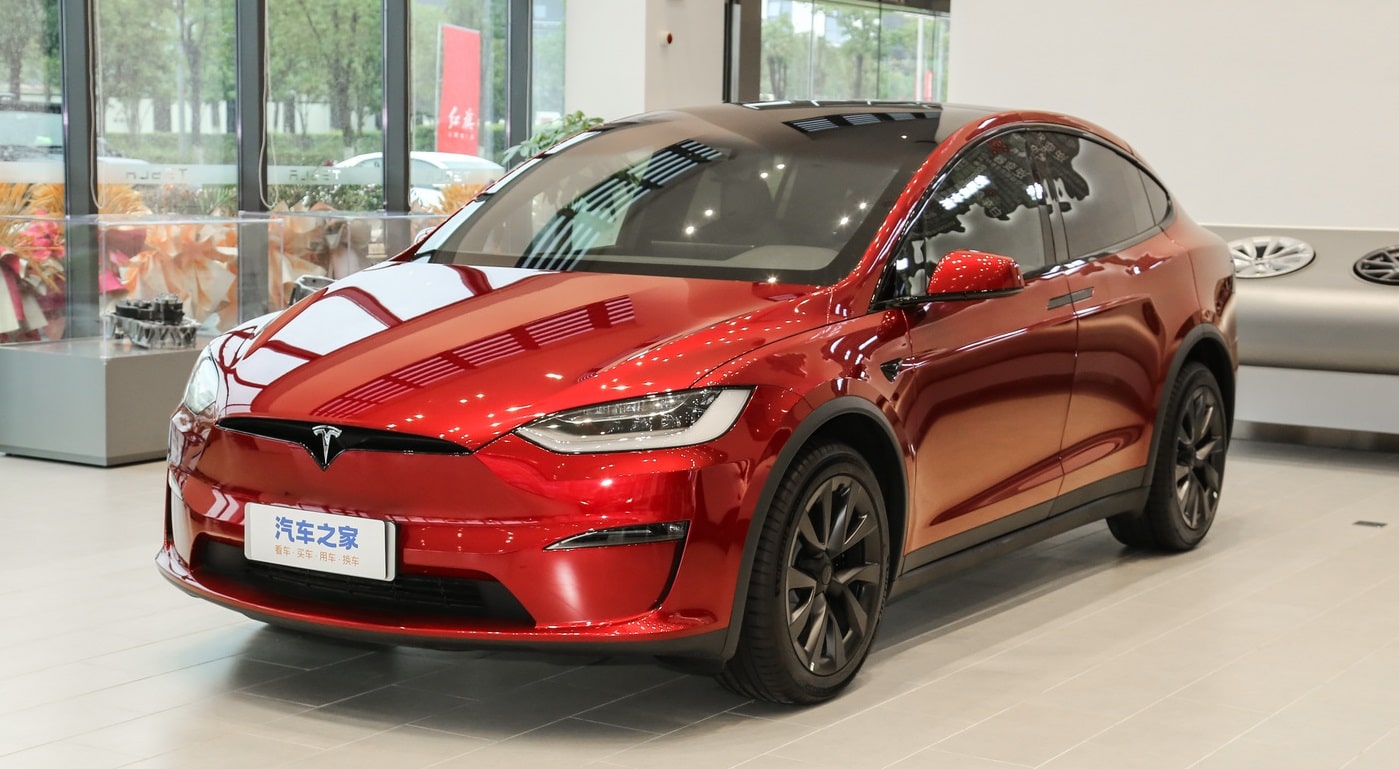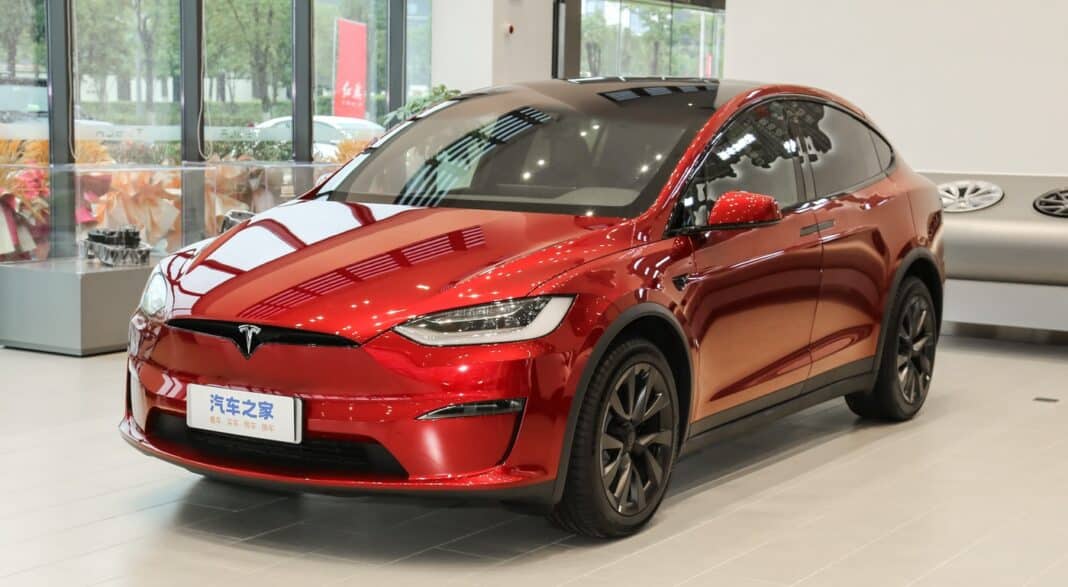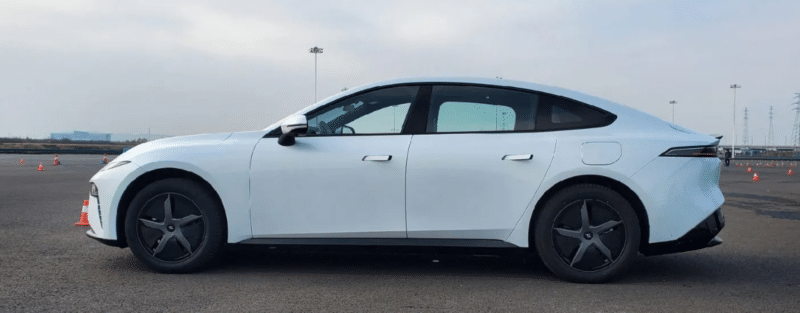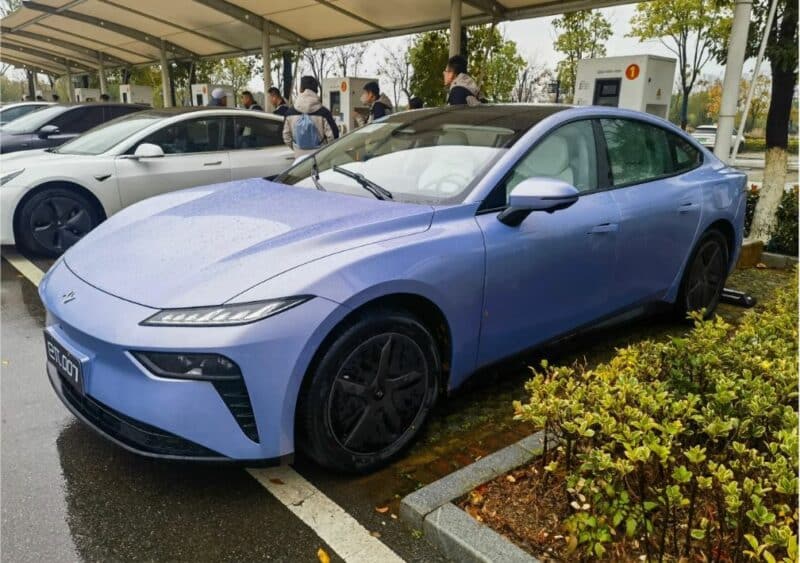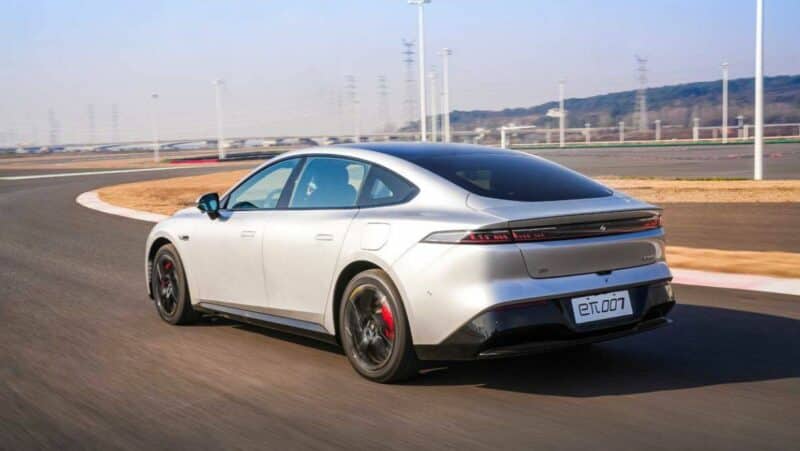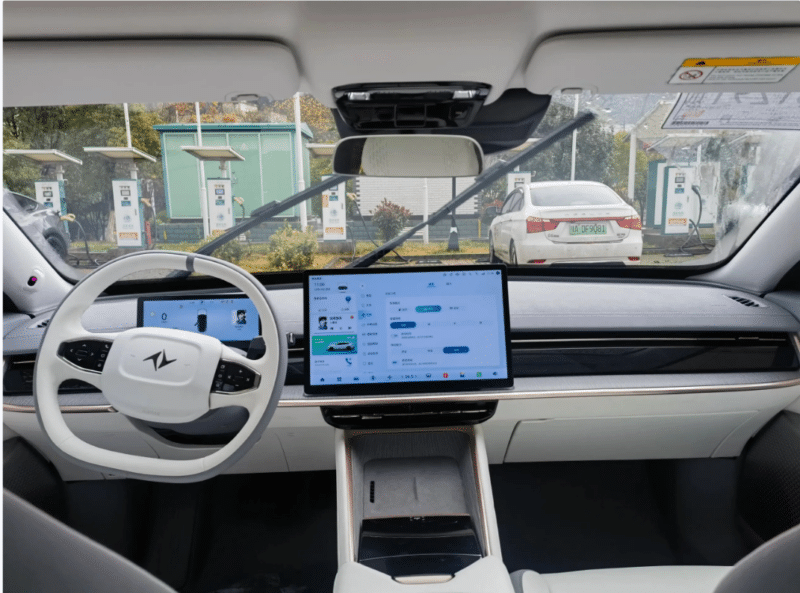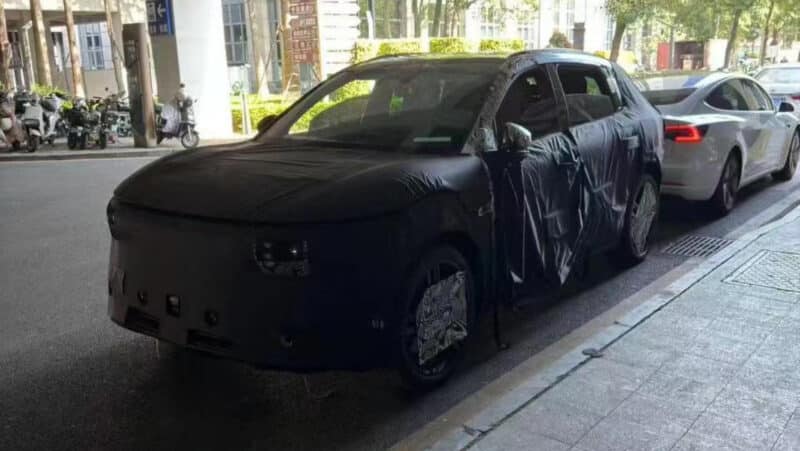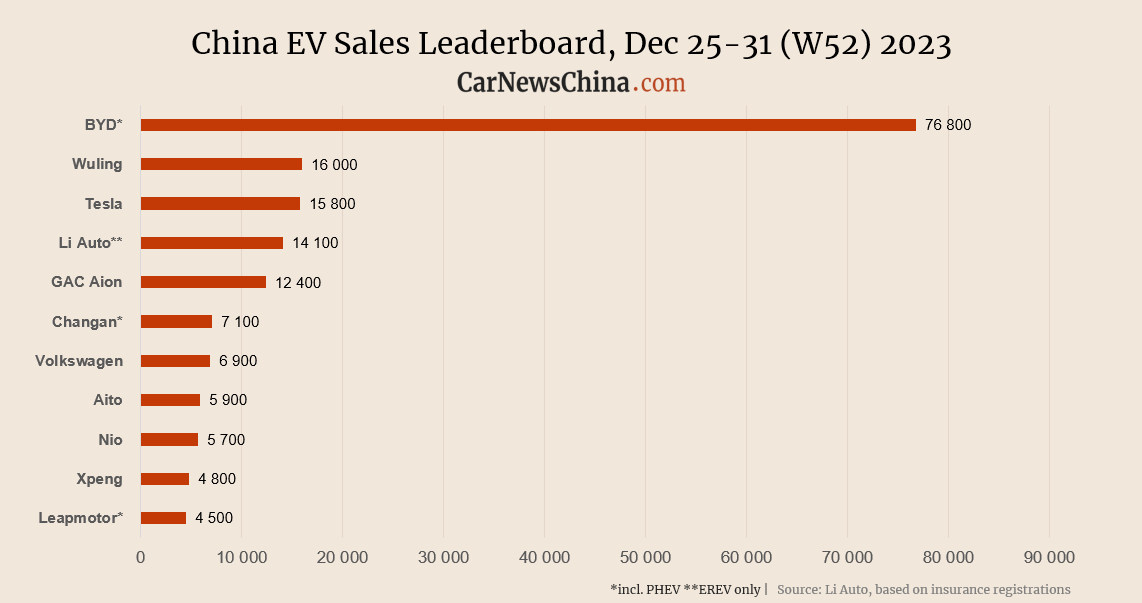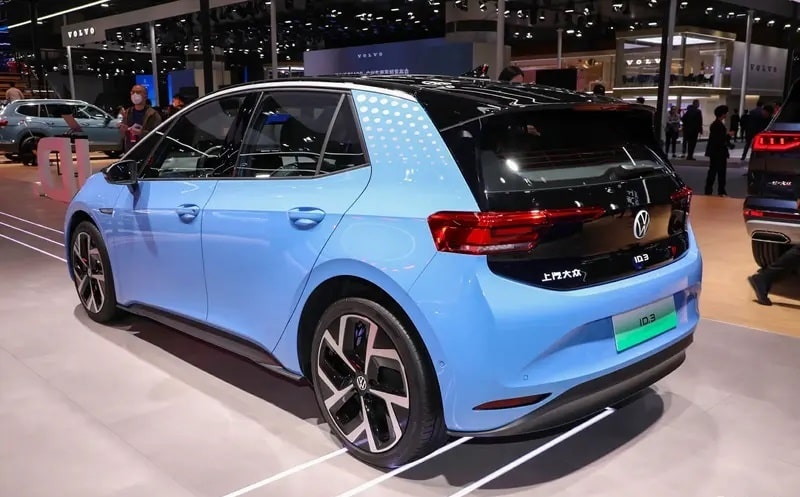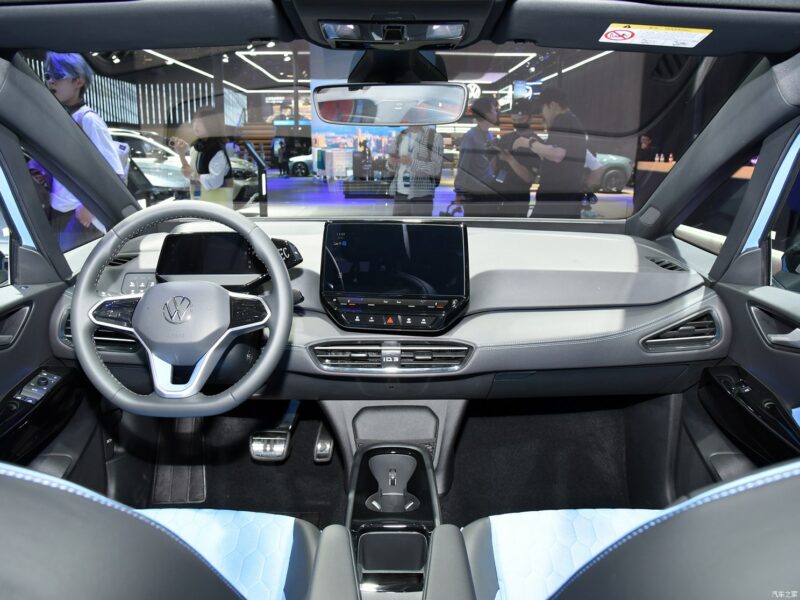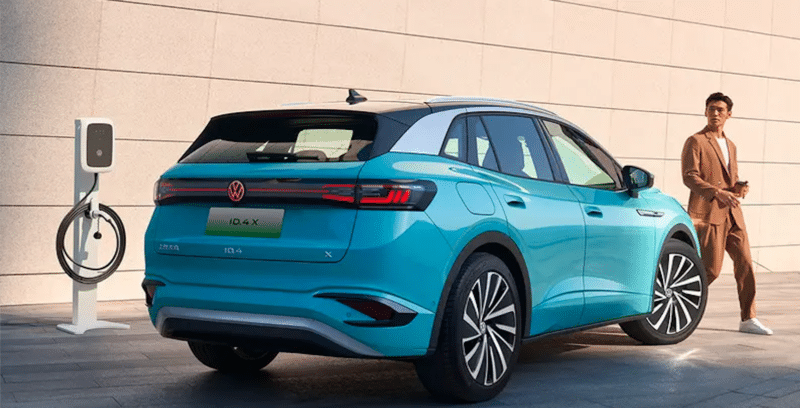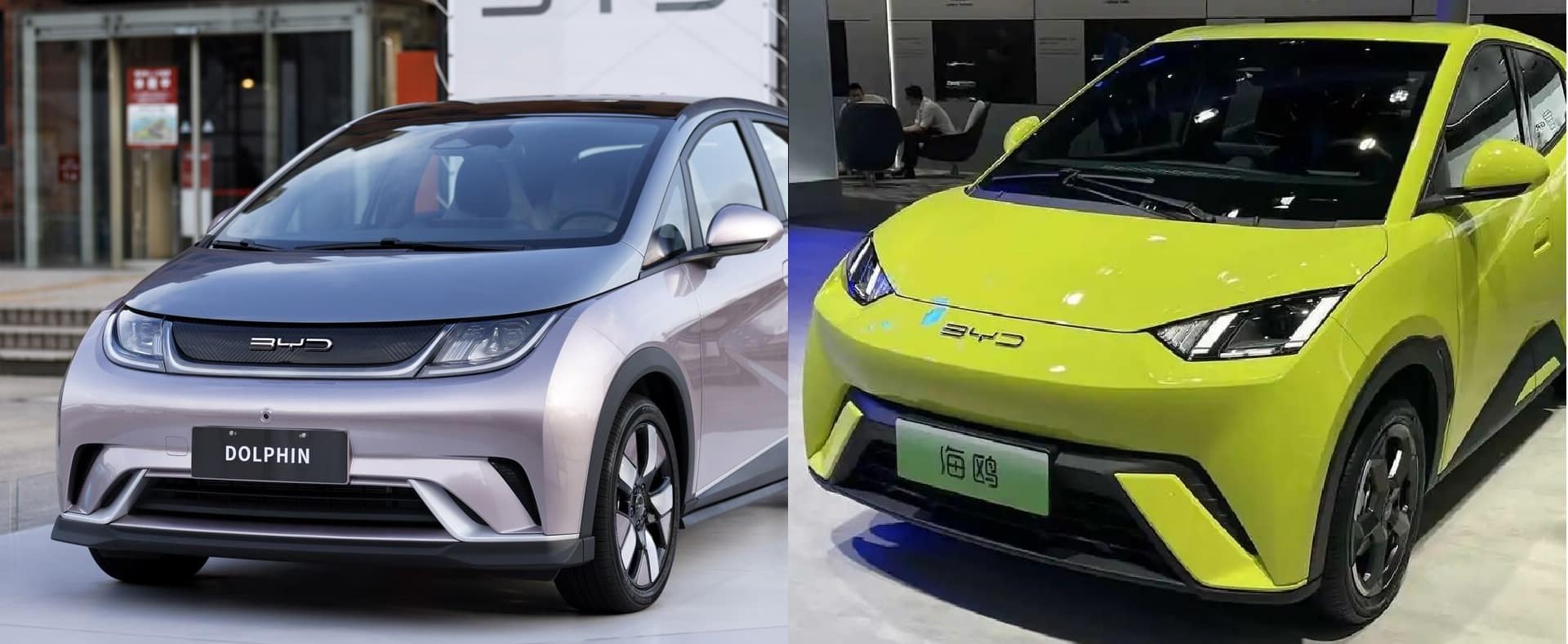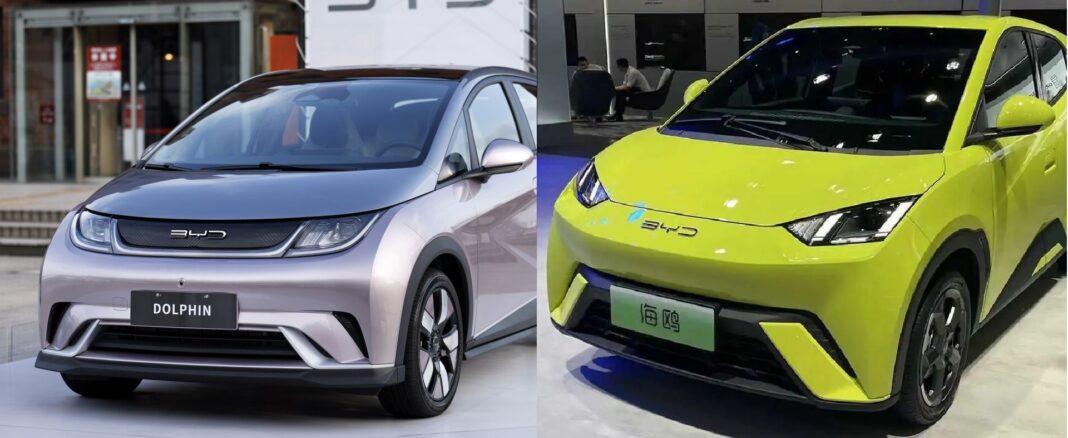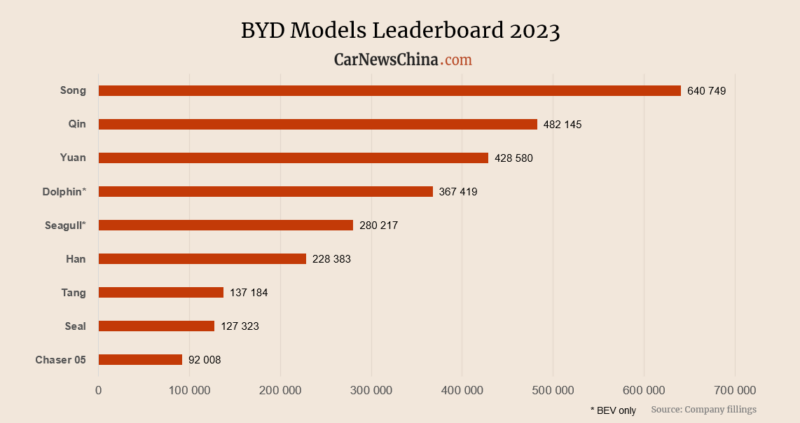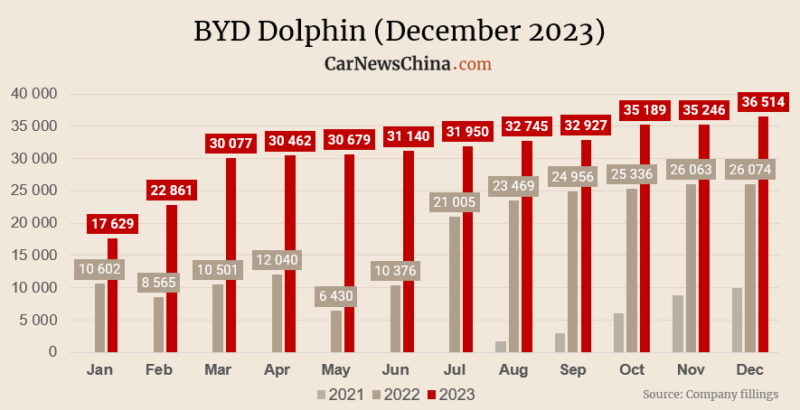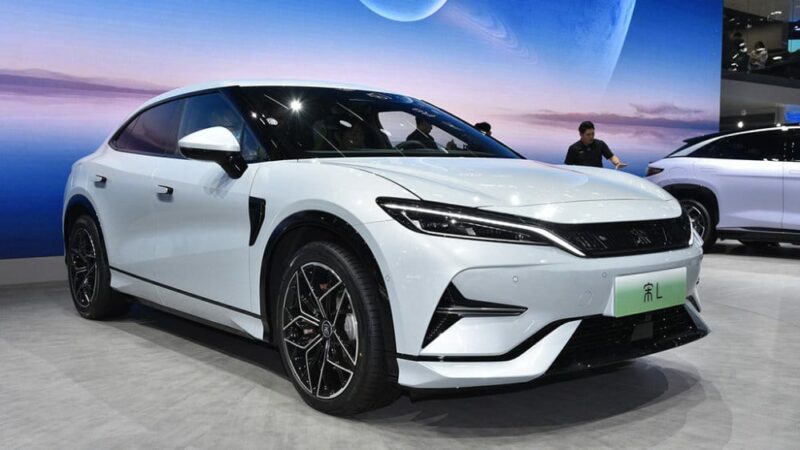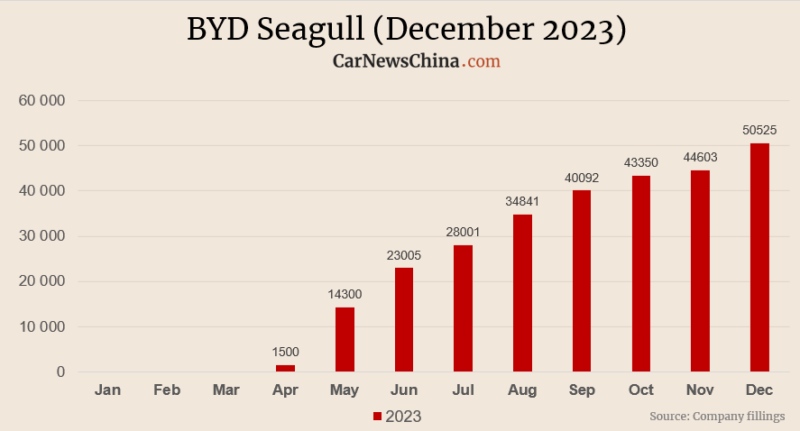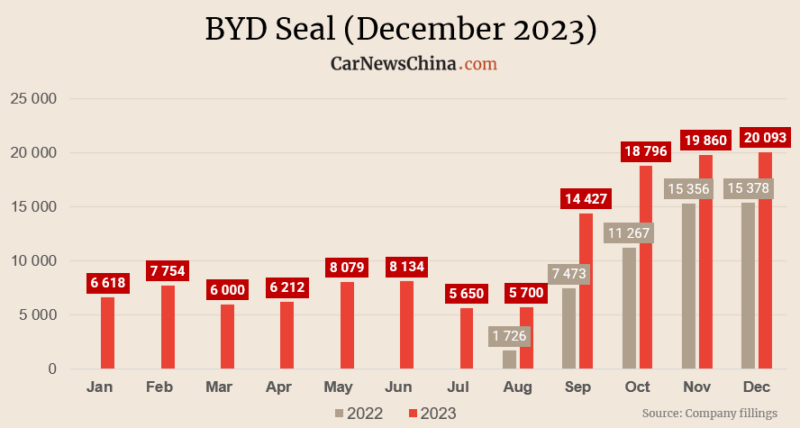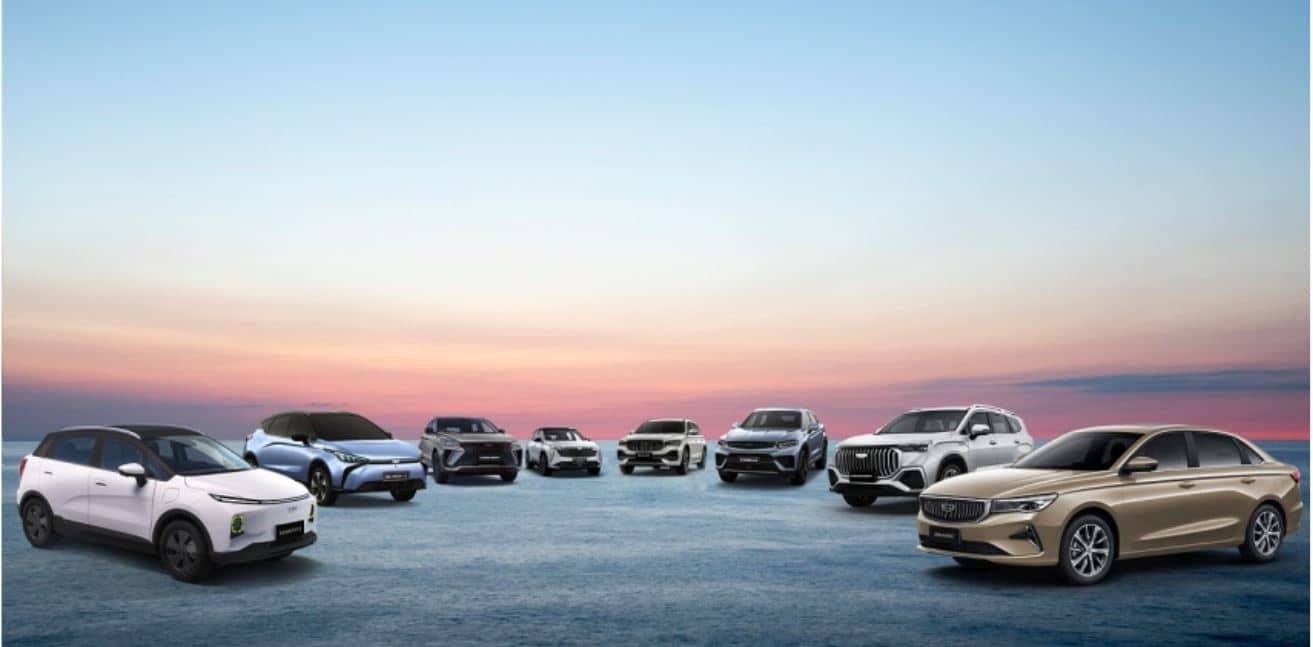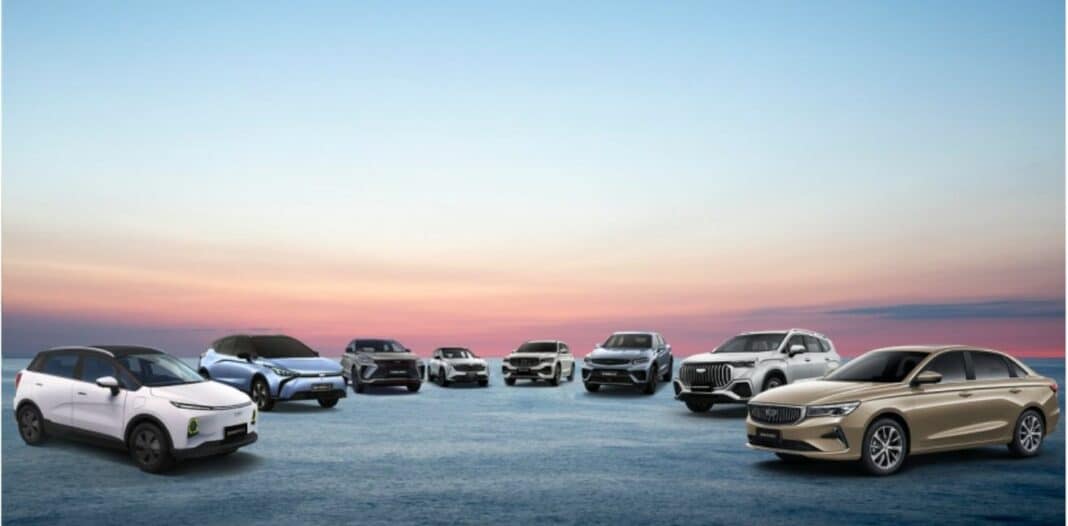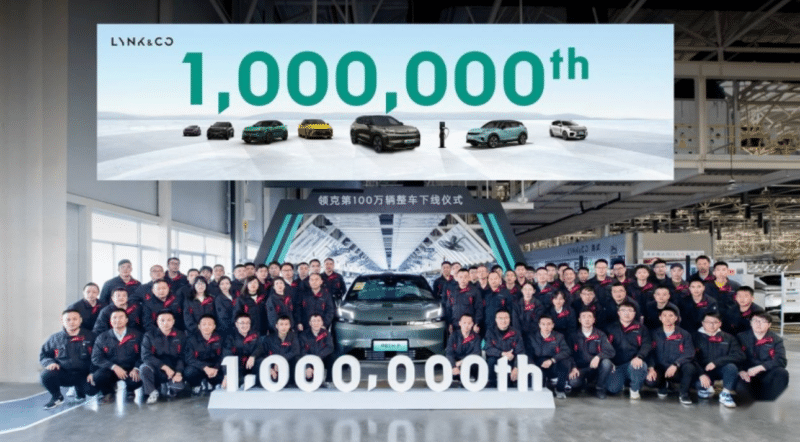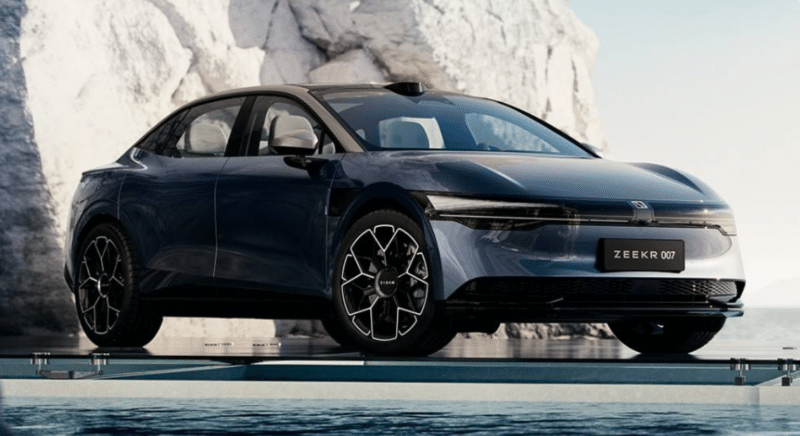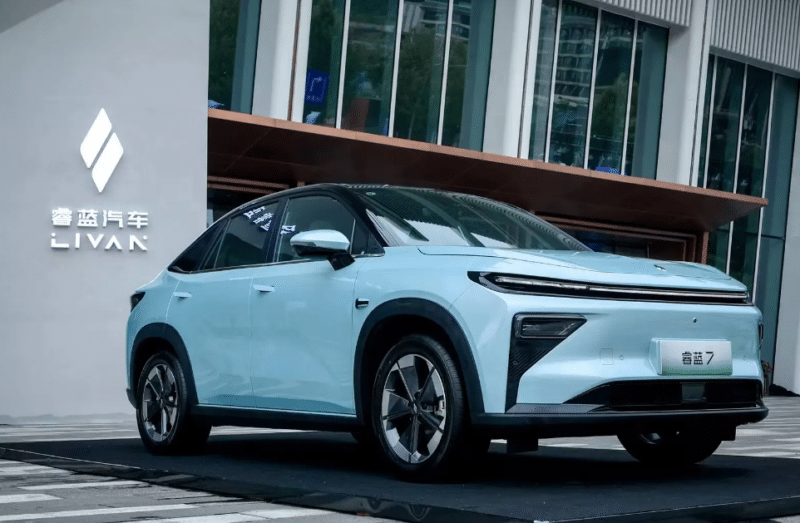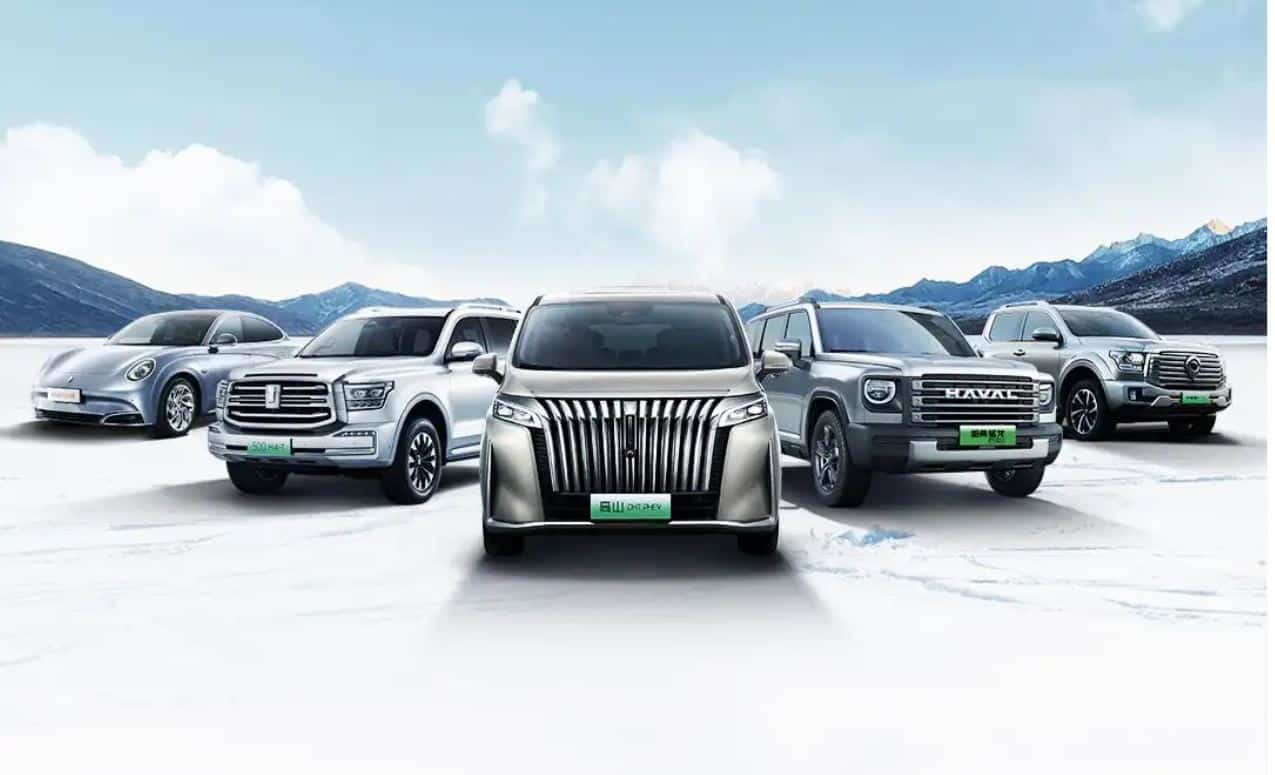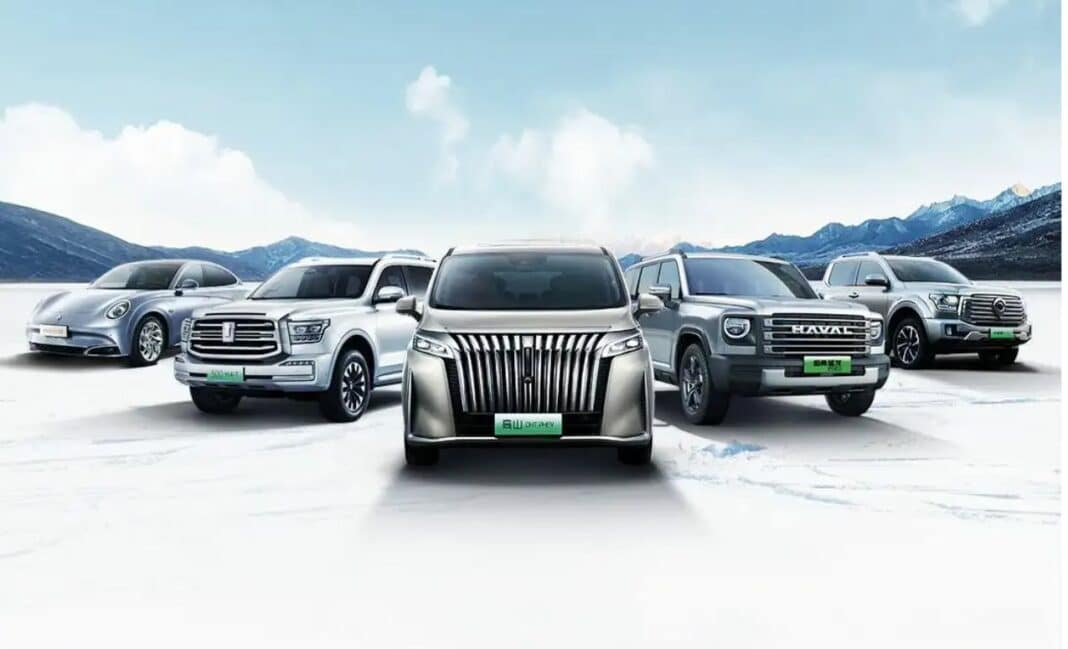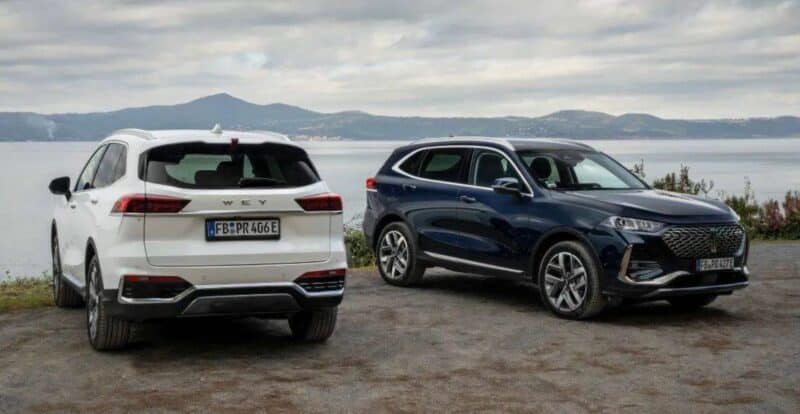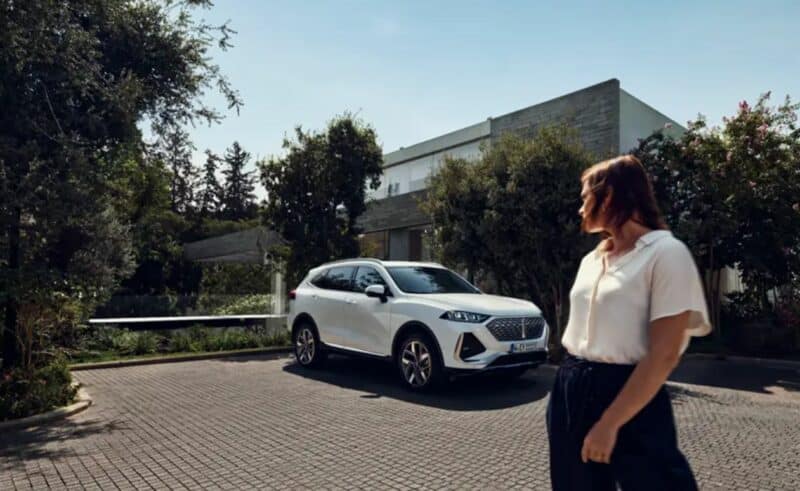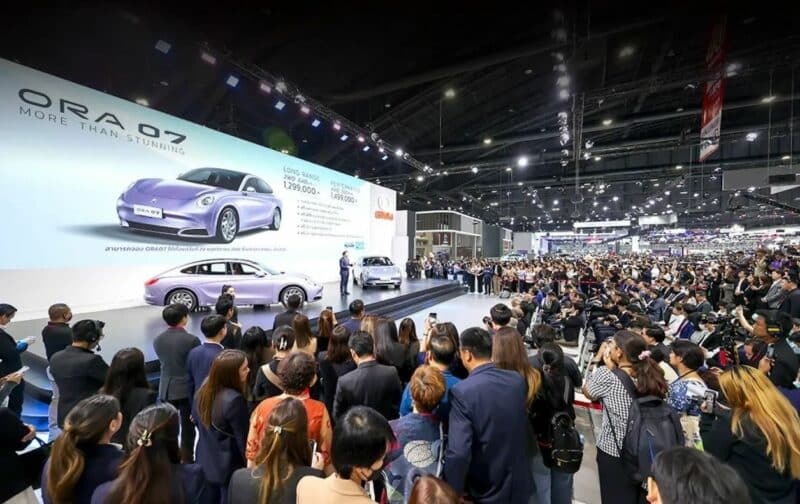Yommie
SpeedLimited
- Oct 2, 2013
- 64,184
- 37,190
- Country of Origin

- Country of Residence

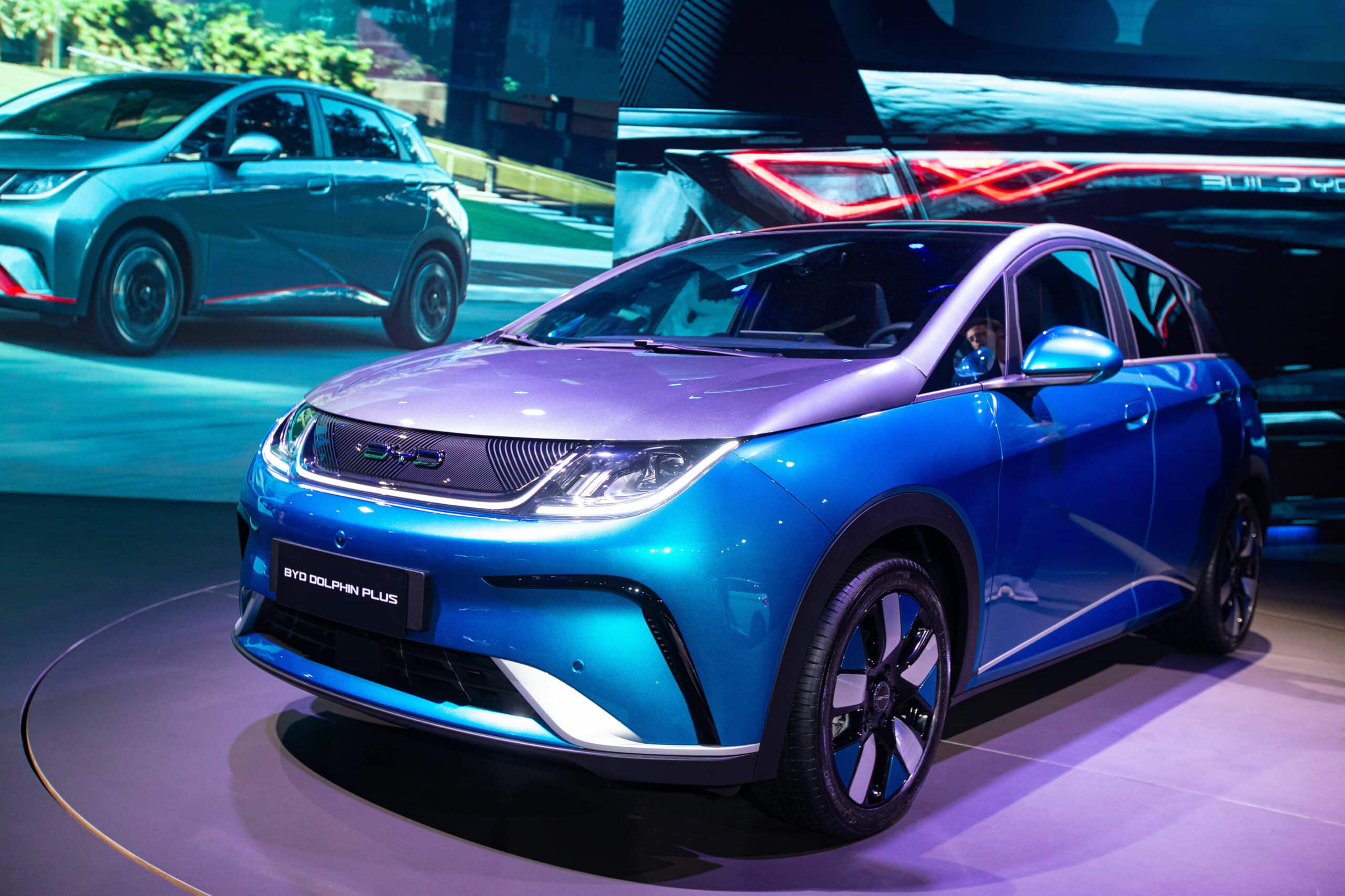
BYD became Brazil’s largest EV brand in 2023
BYD sold 17,943 EVs in Brazil this year. BYD sold 17,943 EVs in Brazil this year.
 carnewschina.com
carnewschina.com
BYD became Brazil’s largest EV brand in 2023
Reading Time: 3 minutes
Qian Jin
January 5, 2024
3
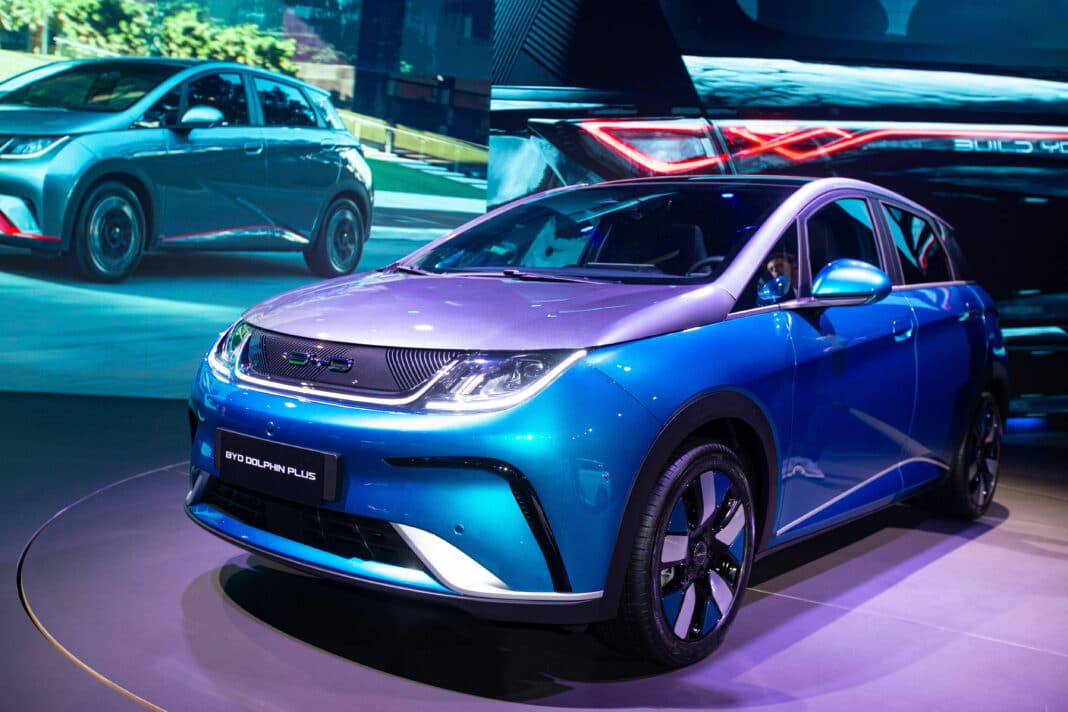
News like this to your inbox or phone?
Weekly summary to your inbox
I want this
Never miss and important news
Get Instant notification once the news is published.
Follow Us
Update: The article originally used ABVE data, which counts HEV as EVs. However, HEV vehicles can only be filled with fuel, not electricity, as they are not plug-in vehicles. Thus, we omitted HEVs from the leaderboard, which sent Toyoya from first to last place. Therefore, after removing HEV, BYD is the sales champion. For some reason, ABVE considers BEV+PHEV+HEV to be EVs. Sorry for the confusion.
Brazil experienced a significant surge in electric vehicle (EV) adoption in 2023, surpassing all expectations with 93,927 registrations by the end of the year. This marked a remarkable 91% increase compared to 2022, where 49,245 EV units were sold. Unlike some regions where EVs primarily denote Battery Electric Vehicles (BEVs), the Brazilian market encompasses traditional hybrid vehicles (HEV), plug-in hybrid vehicles (PHEV), and BEVs under the umbrella term of electric cars.
In December alone, Brazilian EV sales soared to 16,279 units, nearly tripling the figures from December 2022 (5,587 units), indicating a remarkable 191% year-on-year growth. This surge set a new monthly record for EV sales in Brazil.

The data for 2023 highlights a distinct shift in the Brazilian EV market toward plug-in electric vehicles (PHEV and BEV). PHEVs and BEVs collectively accounted for 56% of light electric vehicle sales, totaling 52,359 units. This outpaced the sales of conventional hybrid gasoline vehicles and HEV hybrids, which amounted to 41,568 units. Notably, conventional hybrids continued to dominate the market until 2022.
In December, plug-in hybrid sales constituted more than 70% of the total EV sales, reaching 11,371 out of the 16,279 units sold. This surge was attributed to the robust performance of manufacturers like BYD and Great Wall Motors, which introduced models equipped with plug-in hybrid technology.
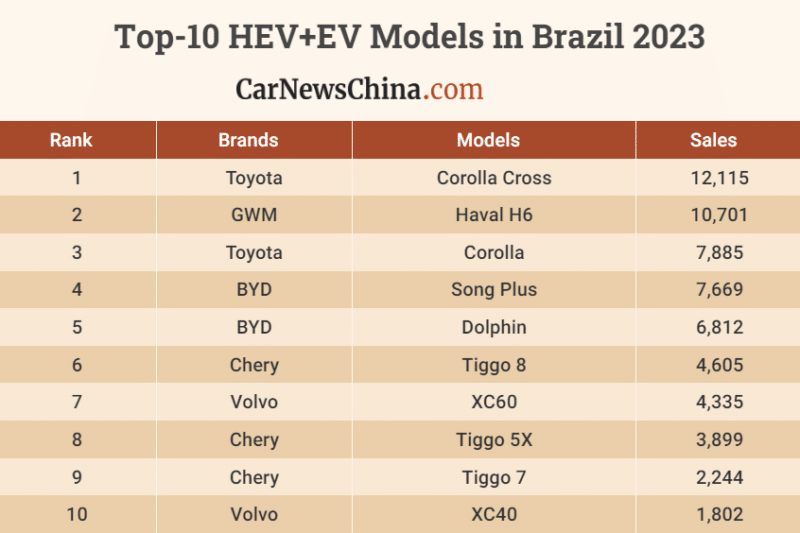
BYD’s performance
BYD achieved considerable success in the Brazilian EV market throughout 2023. The company sold 17,943 EVs, with notable contributions from models like BYD Song Plus PHEV, Dolphin EV, and Yuan Plus EV (known as ATTO 3 in several markets).The BYD Dolphin, introduced to the Brazilian market just six months ago, has become exceptionally popular, selling 6,812 units during that period. The Brazilian version of the BYD Dolphin differs from its Chinese counterpart, featuring a length of 4290 mm compared to the 4070 mm of the Chinese version. The Brazilian version of BYD Dolphin also has a more robust power performance. Despite its popularity, the price of the dolphin in BrDolphin is notably higher than that of the dolphin in China.
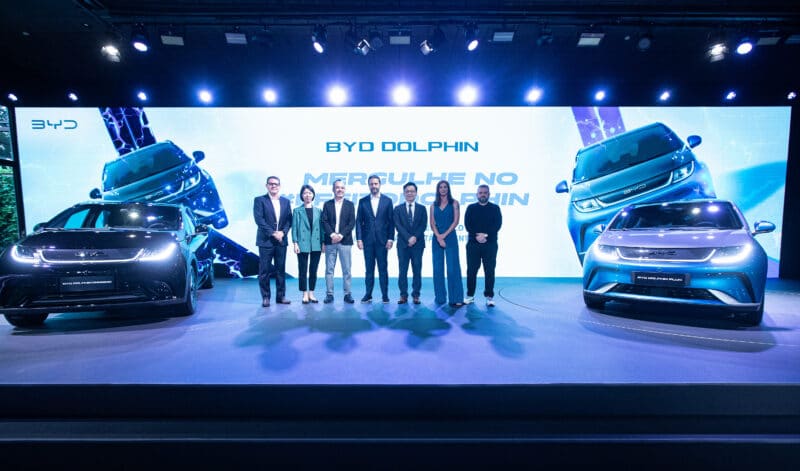 BYD Dolphin launched in Brazil
BYD Dolphin launched in Brazil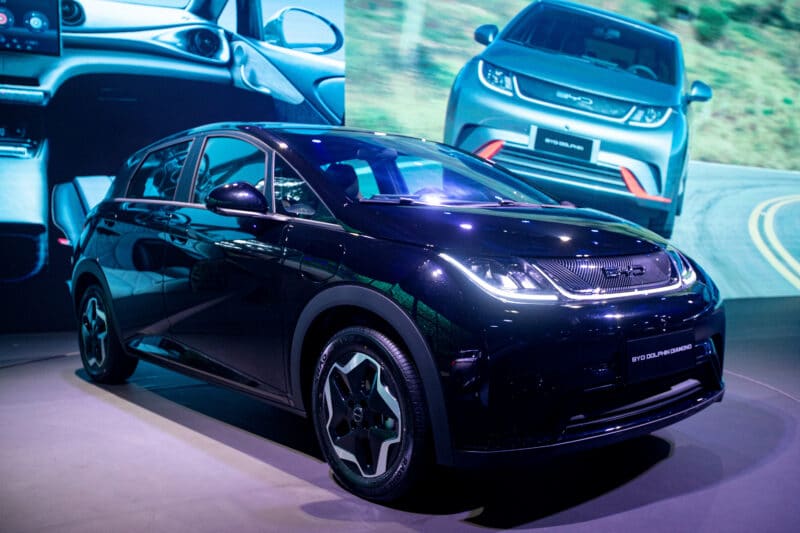
The BYD Dolphin also earned the distinction of being the most-awarded electric car in Brazil in 2023, securing ten significant awards within the first six months since its launch.
Brazil is set to increase the import tax rate on EVs starting January 2024. While this adjustment might impact overall EV sales, companies like BYD, which have invested in EV manufacturing plants in Brazil, are poised to benefit. Although BYD’s plant is yet to begin production, the current import status allows BYD to enjoy tax exemptions, enhancing the competitiveness of its products in the Brazilian market. This strategic move positions BYD favorably amid changing taxation dynamics in the Brazilian EV landscape.
Source: ABVE

